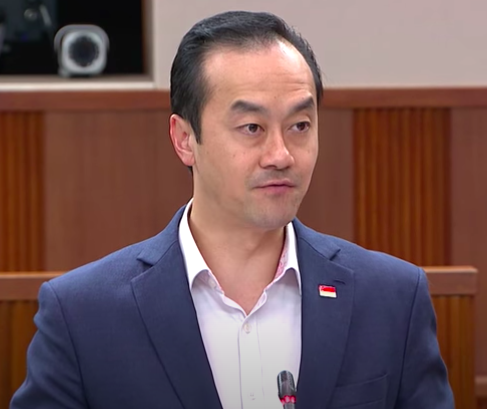Speaking in Parliament on Monday (Nov 2), Senior Minister of State for Health Koh Poh Koon explained why there was a proposed hike in MediShield Life premiums.
The MediShield Life Council announced last September its plans to increase its premiums by 35 per cent in a single adjustment.
In Parliament, Dr Koh responded to questions by several Members of Parliament from the People’s Action Party (PAP), Workers’ Party (WP) and Progress Singapore Party (PSP) about the Government’s justification for increasing premiums, the schemes available to help those who cannot afford it, as well as the rise in hospital charges.
PSP Non-Constituency MP Leong Mun Wai asked Dr Koh whether it is unusual by international standards for a health insurance scheme to increase its premiums by 35 per cent in a single adjustment.
Dr Koh said it would not be appropriate to compare with other schemes as premiums are priced based on multiple factors “which inevitably vary from country to country”.
“It would also not be meaningful to compute how much premiums a Singaporean will need to pay over his lifetime simply by assuming a fixed compounding factor each year,” said Dr Koh.
He explained that the 35 per cent hike was because, over the past four years, the number of MediShield claimants increased by about 30 per cent and annual payouts went up by about 40 per cent.
He noted that the Government had considered deferring the MediShield Life review and the premium increases due to the current “difficult economic situation” with COVID-19 and added that Singaporeans will receive a COVID-19 subsidy for the next two years, which will “pay for the bulk of the premium increase in the first year”.
According to a CNA report, Dr Koh said a total of S$7.5 billion in premiums were collected between 2016 and 2019. This comprised S$4.4 billion collected from policyholders, and S$3.1 billion from the Government in terms of subsidies and other forms of premium support.
In this same period, S$3.5 billion in claims were paid out, while S$3 billion was set aside for future premium rebates.
Dr Koh explained: “This means that the total premiums collected were slightly less than the total monies required to ensure that the fund is able to meet current claims and future commitments”.
“Premiums collected have to cover potential current and future payouts, including amounts set aside to support future commitments as well as provide a buffer against unforeseen contingencies such as unexpected spikes in hospitalizations due to disease outbreaks,” he said.-/TISG

